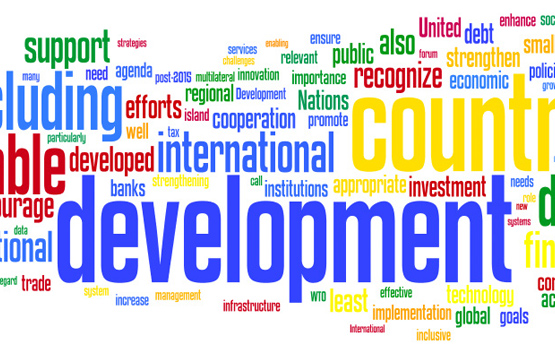Economic Development Solutions

Introduction
Economic development agencies use data and GIS tools to retain, grow, and attract businesses. With easy-to-use, modern Web applications and accurate, current data, agencies give community and business leaders the information they need to make investment decisions.
Much of the data being created is tied to specific geographies. Using powerful Geographic Information Systems (GIS), this data can be layered and represented digitally on maps to explore often complex spatial relationship. Different industries such as financial services, government and transportation and logistics are learning to leverage the power of GIS to become more productive and smarter.
Using GIS, economic developers can begin to model how current conditions may be affected by projected economic factors over the near and long term. The maps generated using GIS software packages can be used to compare and contrast communities, while visually demonstrating a regions competitive advantage, infrastructure and assets. Advanced techniques allow data to be represented in dynamic formats. This allows decision makers to see how traffic flows are affecting specific economic clusters and to ensure that city departments are coordinating their activities in a way that is least disruptive to local business activity.


As a decision support tool, organizations are using GIS for:
 Planning and Analysis
Planning and Analysis
 Asset and Data Management
Asset and Data Management
 Operational Awareness
Operational Awareness
 Tracking their Workforce and goods and services instead of products
Tracking their Workforce and goods and services instead of products
These tools are especially important to planners and community and economic development professionals who are interested in building sustainable regions that attract and retain businesses that continue to grow.
